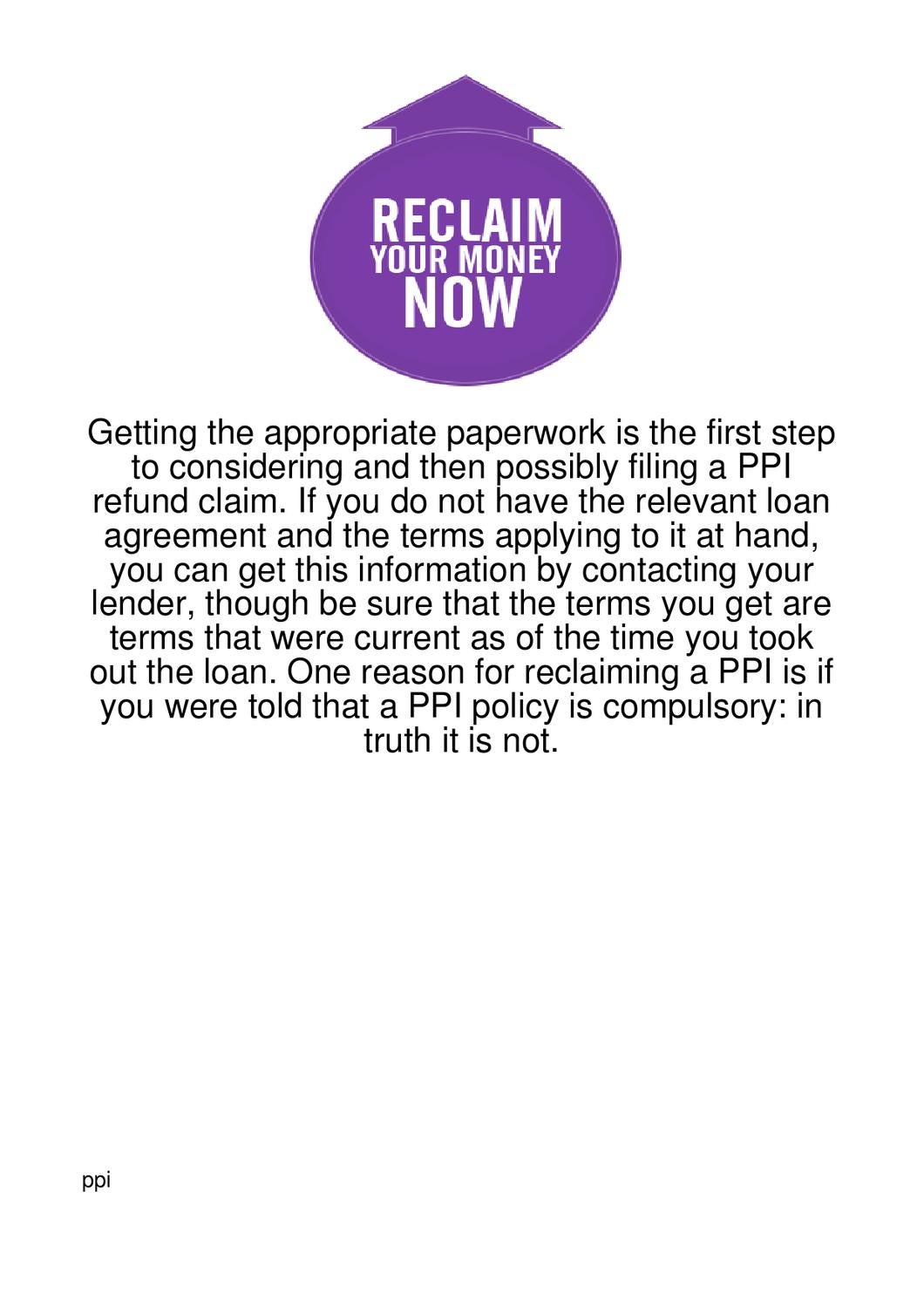Essential Paperwork for Filing a Property Lien

In the intricate realm of real estate, one tool stands out for property owners and contractors when it comes to securing debts: the property lien. This legal claim against a property can protect your financial interests, ensuring you're not left in the lurch should disputes arise or payments be neglected. This comprehensive guide walks you through the essential paperwork for filing a property lien, providing a step-by-step understanding of the process to safeguard your investments effectively.
Understanding the Property Lien

Before diving into the documentation, it’s pivotal to grasp what a property lien is and its implications. Essentially, a property lien is a legal document that gives you, the lienholder, a right to keep possession of the property related to the unpaid debt or the value of services or materials provided until payment is made. Different types of liens exist, like mechanic’s liens, judgment liens, and tax liens, each with its own set of rules and requirements.
Initial Documents and Notices

- Notice of Intent to Lien: This document serves as a formal warning to the property owner, contractor, or subcontractors. Sending this notice creates an opportunity for payment resolution before filing an actual lien. This step can be critical in some states where failing to send a notice can forfeit your right to file a lien.
- Notice to Owner: Often required, this notice informs the property owner about your involvement in the project, which can be beneficial in establishing your right to claim a lien.
Key Documents for Filing

Here’s a detailed look at the documents you’ll need when you decide to file a property lien:
Claim of Lien or Lien Statement

This is the core document for filing a lien, which must include:
- The name and address of the lienholder.
- Description of the labor, materials, or services provided.
- The total amount owed, including any interest, fees, or penalties.
- Details of the property to which the lien applies, including its legal description or address.
- The date the work was completed or materials were last supplied.
- The owner’s name, if known.
It’s imperative to review and comply with your local jurisdiction’s requirements for this document to ensure the lien’s validity.
Proof of Service

Once your lien is filed, you must provide proof that you’ve notified all required parties. This can be:
- An affidavit of service or mailing.
- Documentation of direct delivery to the property owner or their representative.
The aim here is to provide evidence of your attempt to resolve the matter before or during the filing process.
Filing the Lien

Filing the lien involves:
- County Recorder or Clerk: In most jurisdictions, you’ll need to file your lien at the county recorder or clerk’s office where the property is located. Here, you’ll submit your claim of lien along with any associated fees.
- Notarization: Some states require your lien document to be notarized. This involves signing the document in front of a notary public who verifies your identity.
Post-Filing Actions

After filing your lien:
- Lien Release: If you receive payment or reach a settlement, you must release the lien by providing a lien release document.
- Enforcement: In cases where payment is still not forthcoming, you might need to enforce the lien through legal action like a foreclosure process.
- Record Keeping: Maintain all correspondence, notices, and copies of filed documents as they can be useful in potential legal proceedings.
Additional Considerations

While the process might seem straightforward, several nuances can influence your lien filing:
Time Limits

Each state has its own deadlines for when you must file your lien, often called the statute of limitations. Missing these can render your lien invalid.
Subcontractor Liens

If you’re a subcontractor or supplier, your process might involve additional steps, like providing notice to the general contractor or owner before filing a lien.
Retention of Rights

Filing a lien helps retain your rights to claim payment, but remember, the lien itself does not guarantee payment; it only secures the debt against the property.
📝 Note: It's advisable to seek legal counsel to ensure you meet all the necessary legal and procedural requirements for filing a lien in your jurisdiction.
The journey to securing your financial interests through a property lien involves meticulous attention to detail and compliance with local laws. By understanding the essential paperwork and following the outlined steps, you can effectively navigate this process, protecting your investments and ensuring you have recourse in case of non-payment. The documentation process, while detailed, is your shield in the realm of real estate disputes, providing you with legal leverage to uphold your rights as a contractor, supplier, or property owner. The key to a successful property lien filing lies in preparation, timely action, and awareness of your rights and responsibilities. With the right documents in hand, you can confidently address payment issues, knowing you've taken the necessary steps to secure your interests.
What is the difference between a mechanic’s lien and a judgment lien?

+
A mechanic’s lien is a claim for unpaid work or materials provided to improve the property, mainly by contractors or suppliers. A judgment lien results from a court decision where a property owner has been ordered to pay a debt or damages to someone else, securing that debt against the property.
Do I always need to send a Notice of Intent to Lien?

+
Not necessarily; it varies by state. Some states require this notice, while others do not. However, sending one can prompt payment before taking more formal steps like filing a lien.
How long does a property lien last?

+
The duration varies by jurisdiction, but typically, a lien remains valid for a specific period, often ranging from 6 months to 2 years. It’s important to check local laws as the lien can expire if not enforced or renewed.



